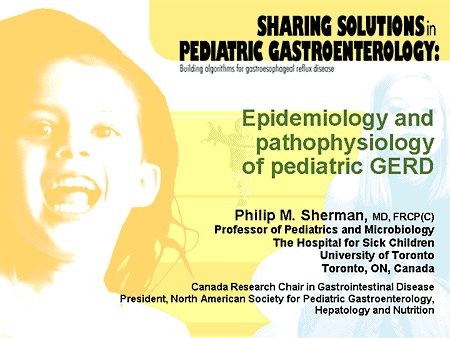Gastroesophageal reflux disease occurs when the amount of gastric juice that refluxes into the esophagus exceeds the normal limit, causing symptoms with or without associated esophageal mucosal injury (ie, esophagitis; see the image below) epidemiology and natural history of gastro-oesophageal reflux disease. Gastroesophageal reflux disease epidemiology. Y consensus, gastroesophageal reflux disease (gerd) has been defined as the effortless move-ment of stomach contents into the esophagus or mouth causing troublesome symptoms or complications 1we re-view the clinical presentation and epidemiology of gerd the cardinal symptoms of gerd are heartburn and regurgitation.
gastroesophageal reflux disease epidemiology
Gastroesophageal reflux disease (gerd), also known as acid reflux, is a long-term condition in which stomach contents rise up into the esophagus, resulting in either symptoms or complications symptoms include the taste of acid in the back of the mouth, heartburn, bad breath, chest pain, regurgitation, breathing problems, and wearing away of the teeth. A systematic review of the epidemiology of gastro-oesophageal reflux disease (gord) has been performed, applying strict criteria for quality of studies and the disease definition used. the prevalence and incidence of gord was estimated from 15 studies which defined gord as at least weekly heartburn and/or acid regurgitation and met criteria concerning sample size, response rate, and recall period.. Gastro-esophageal reflux disease (gerd) is a spectrum of disease that occurs when gastric acid refluxes from the stomach into the lower end of the esophagus across the lower esophageal sphincter (les). epidemiology it affects 10% to 20% of the.
